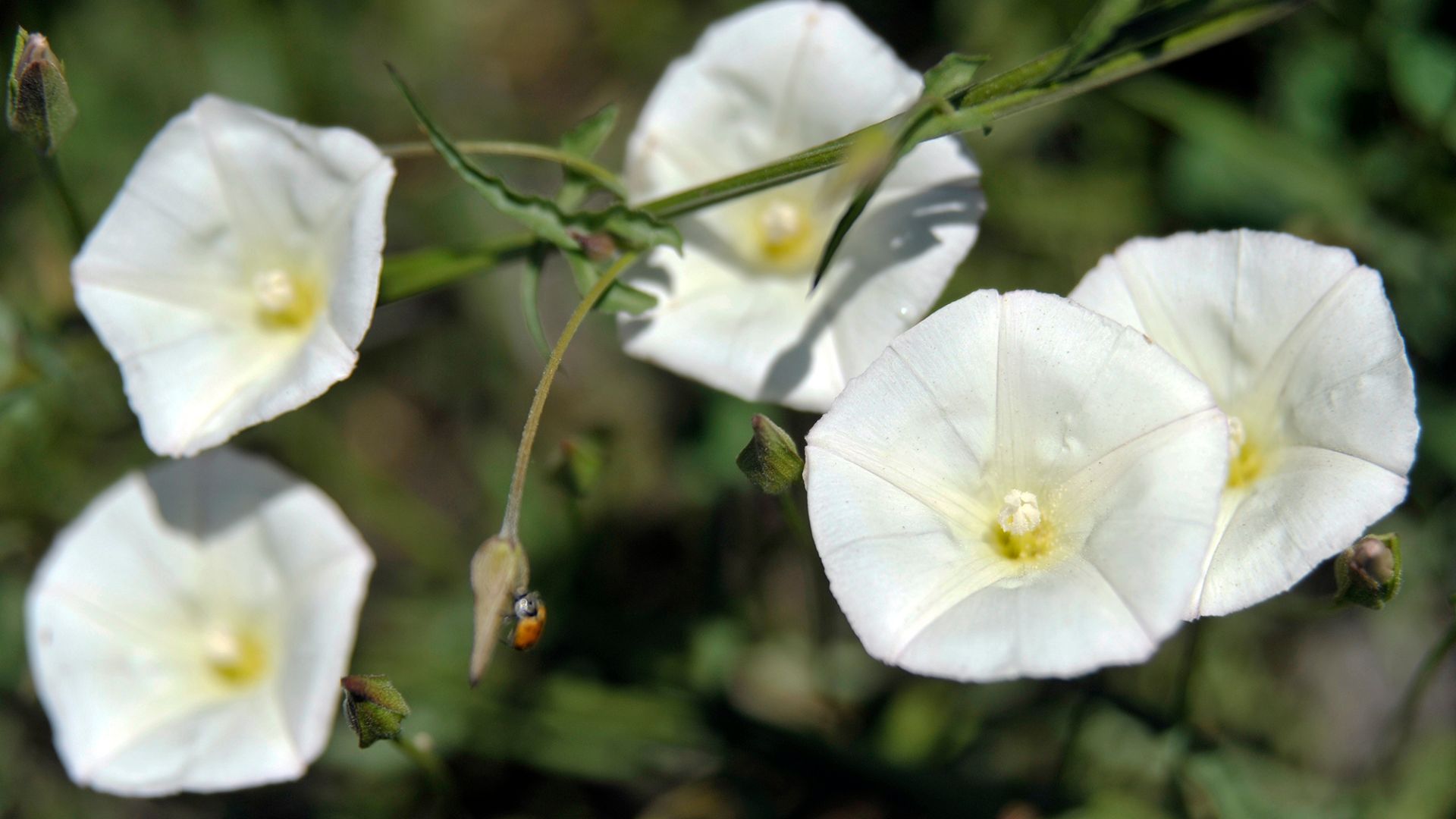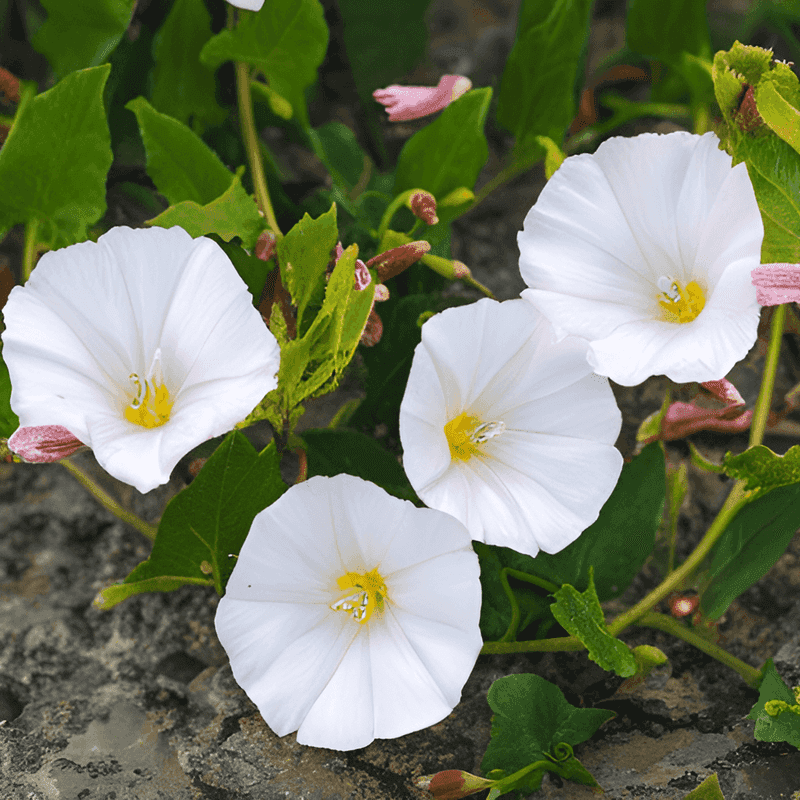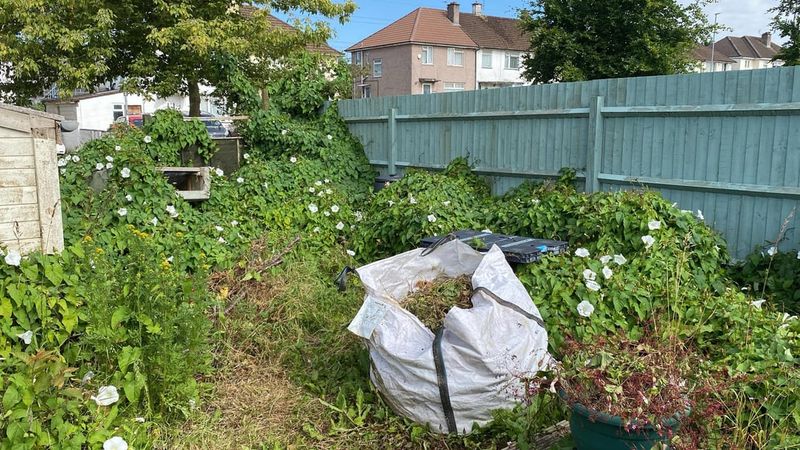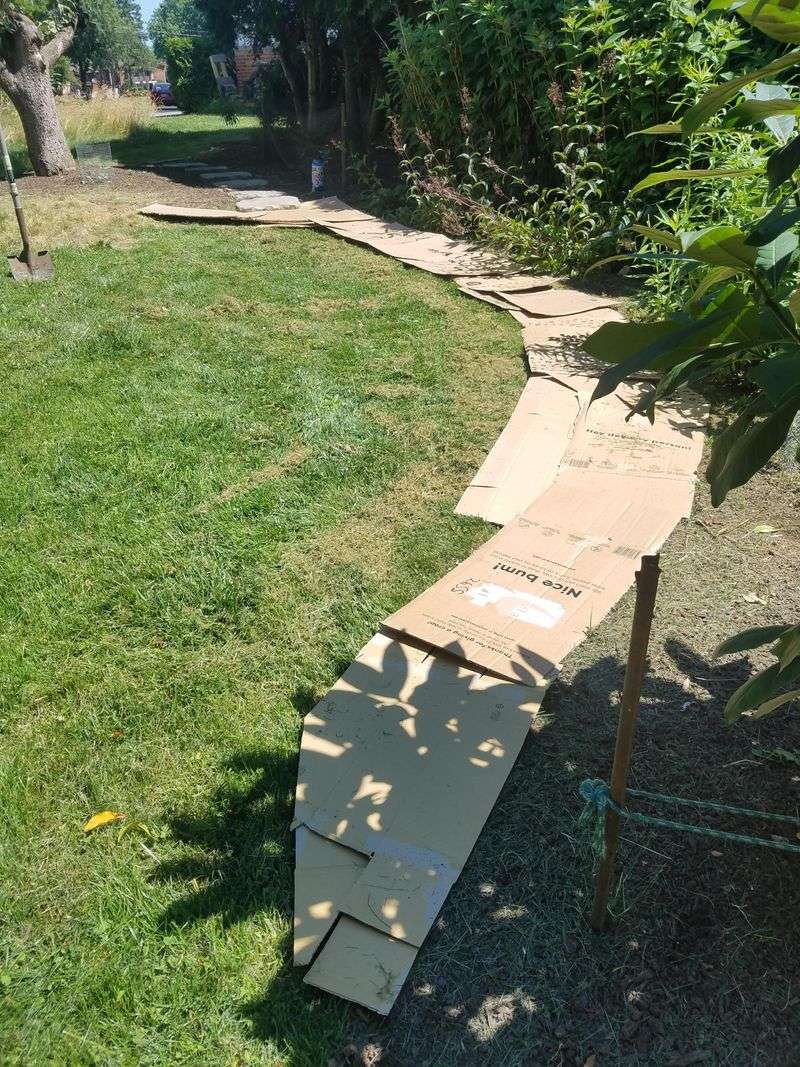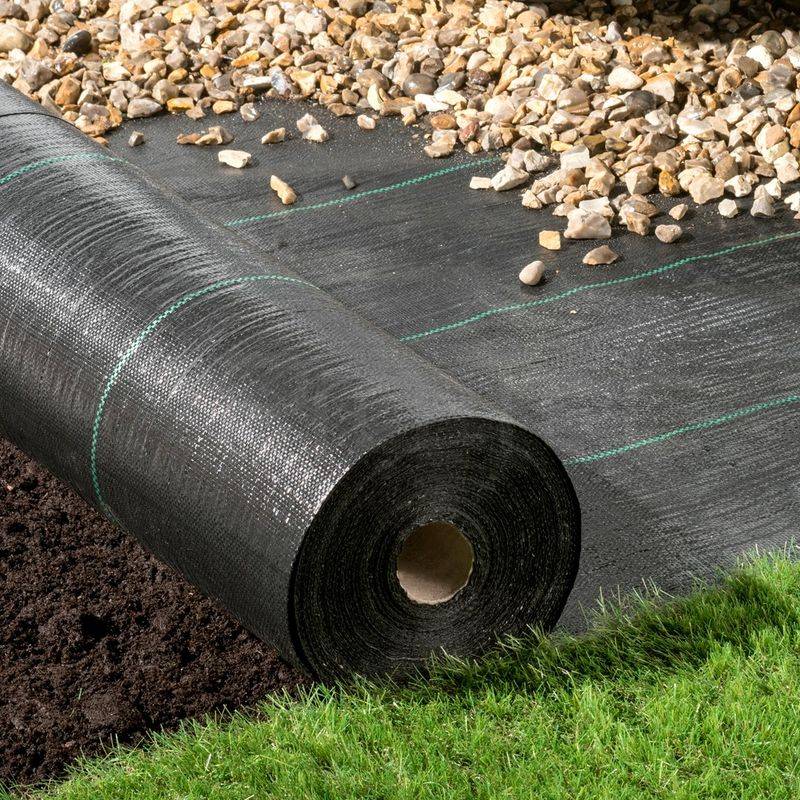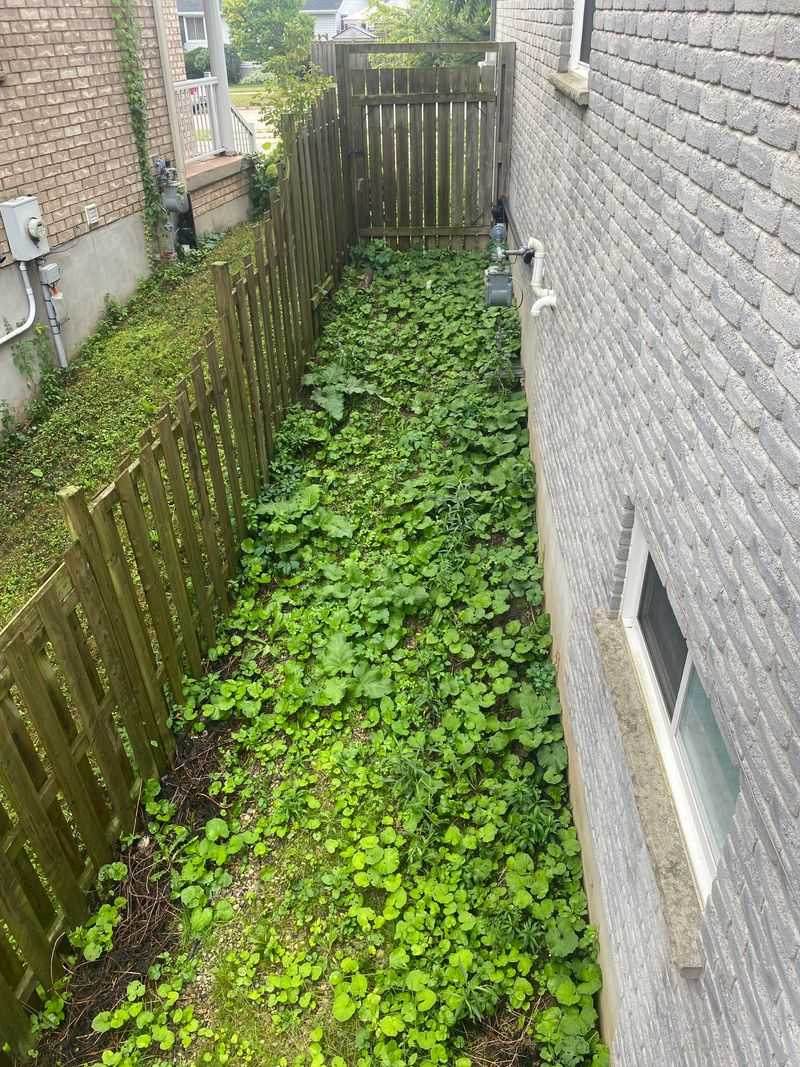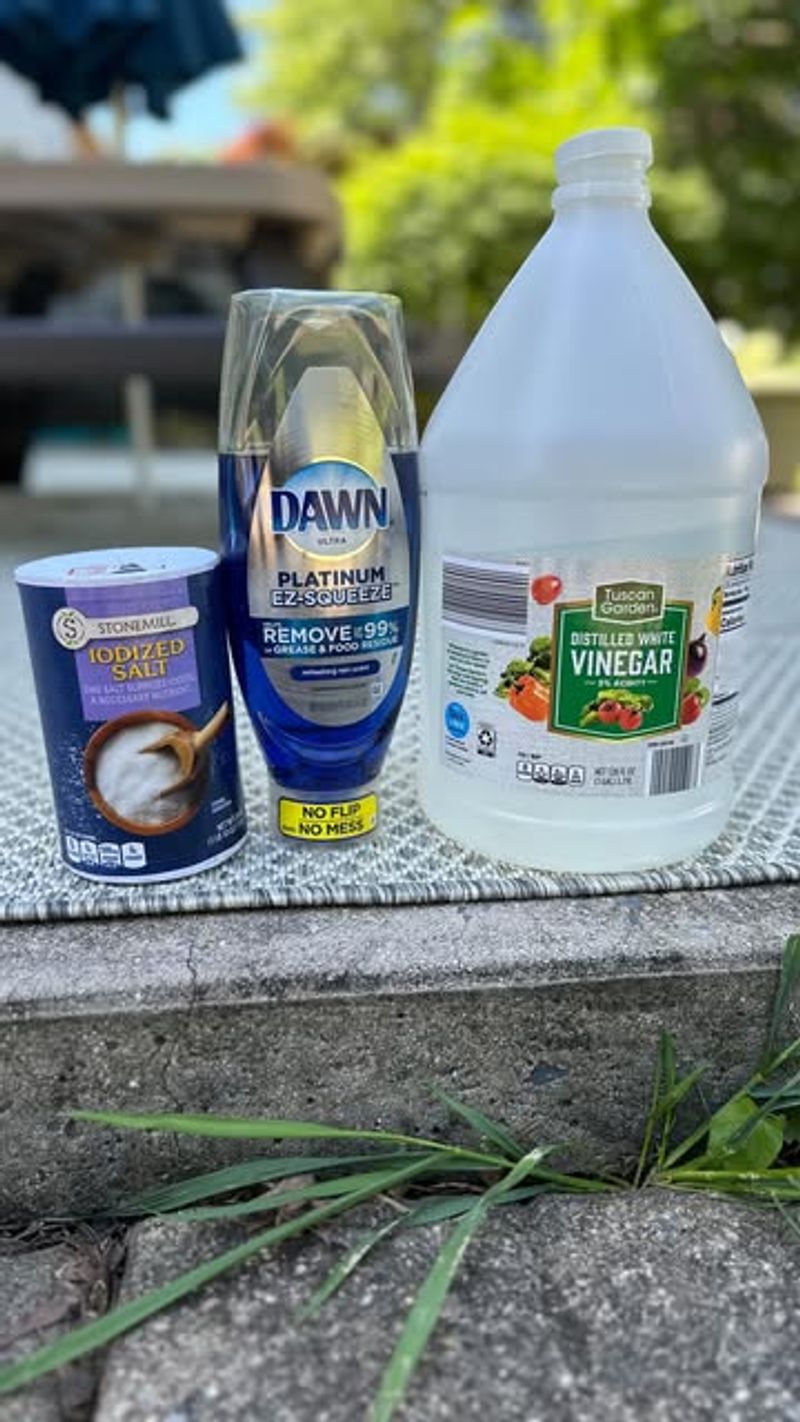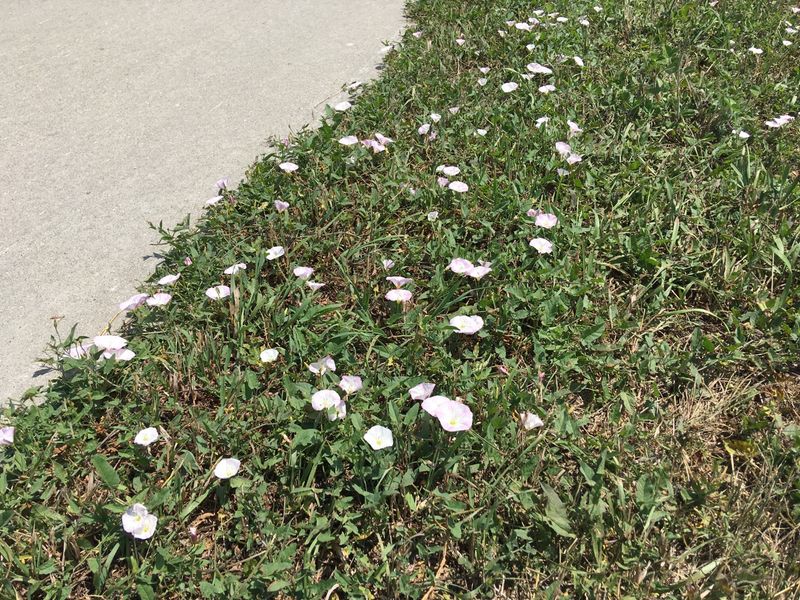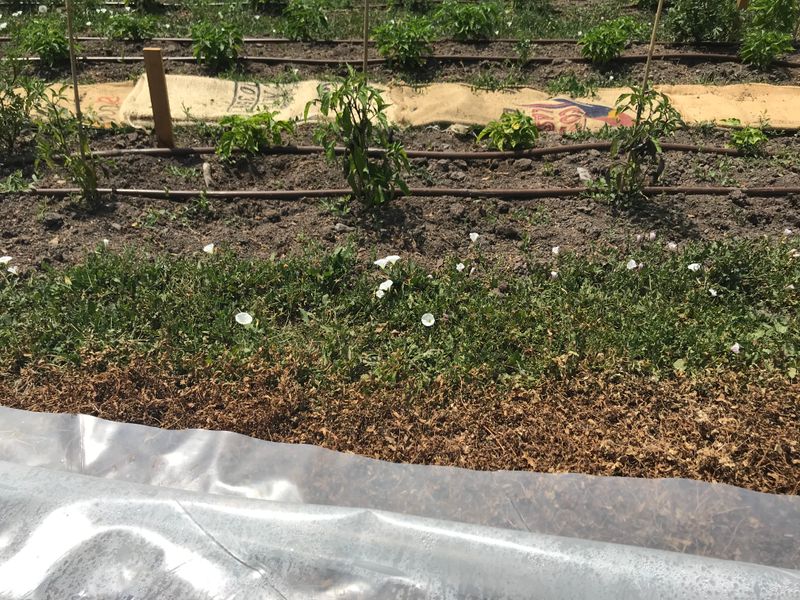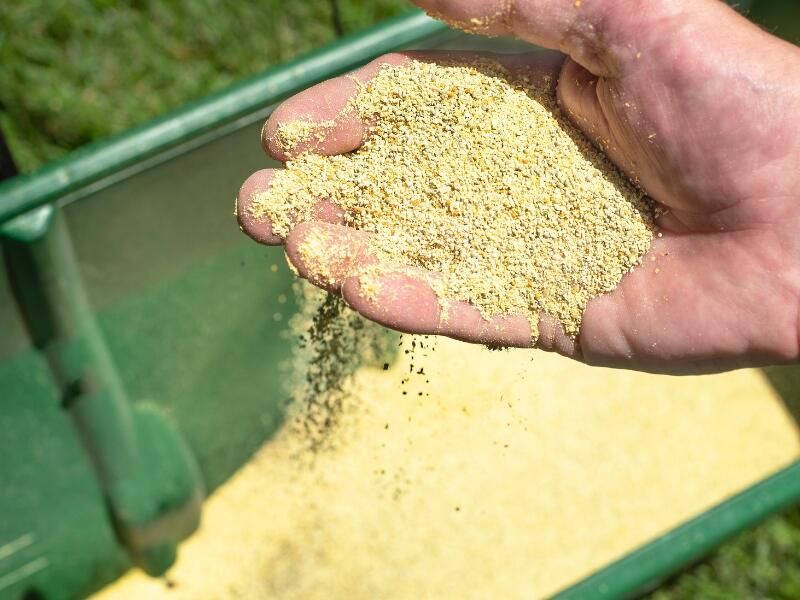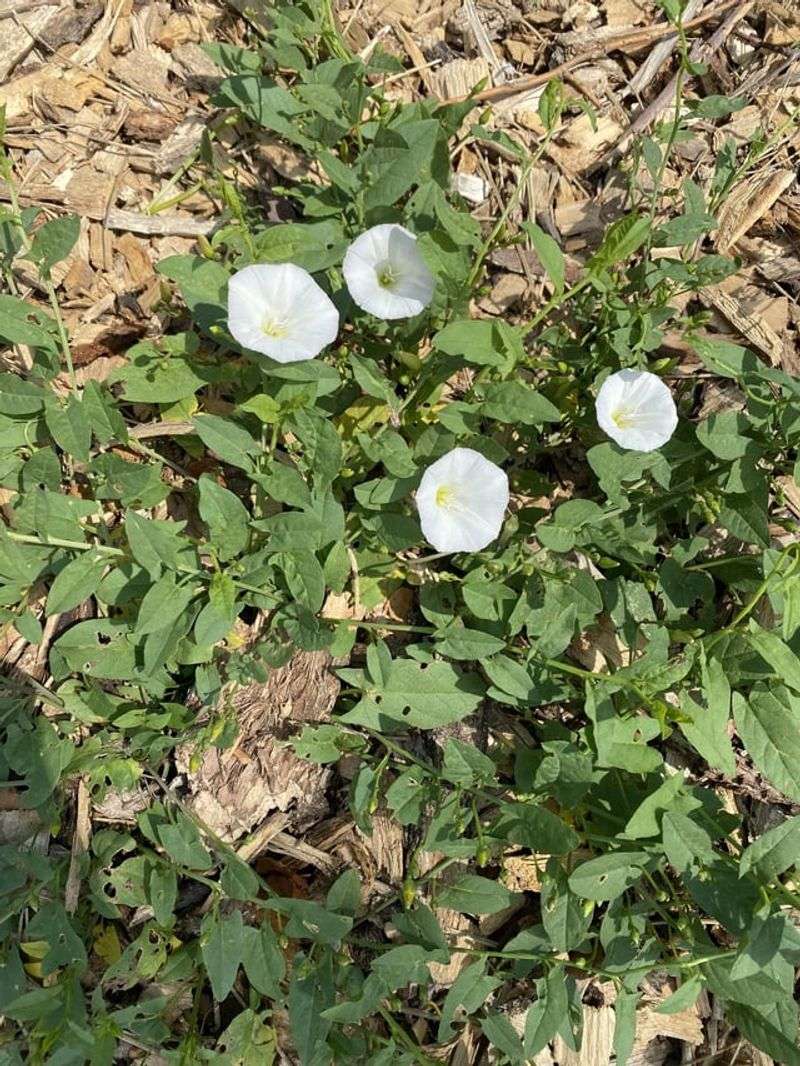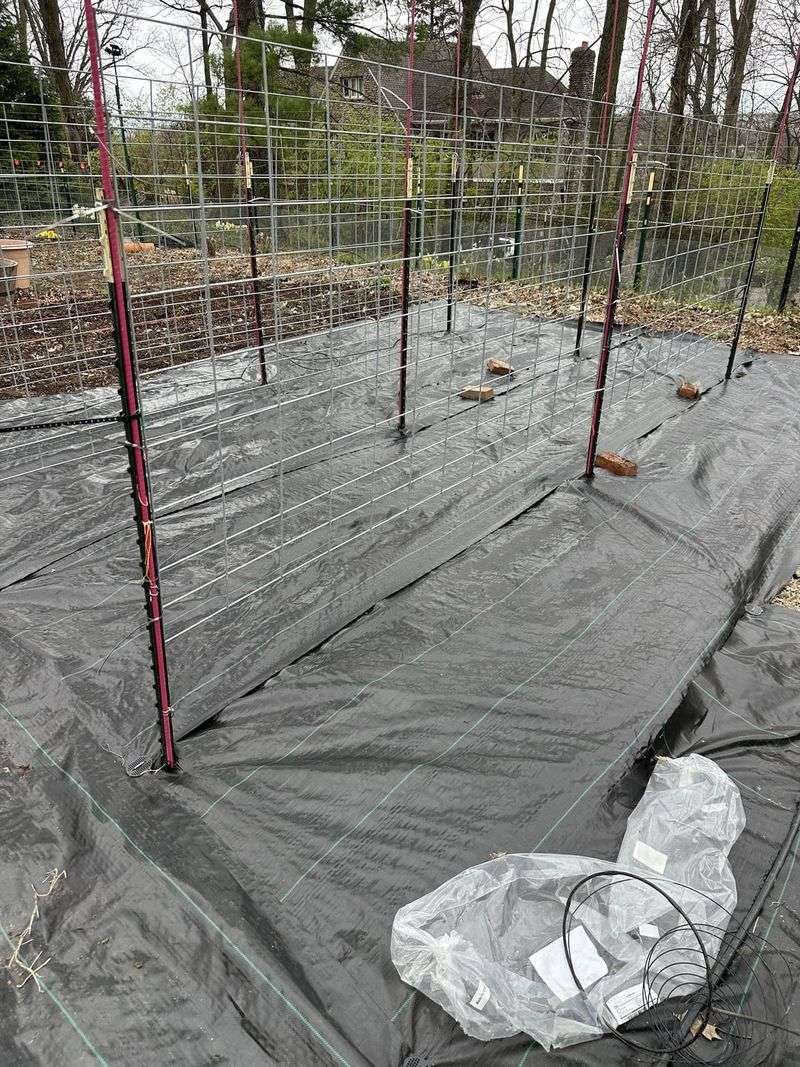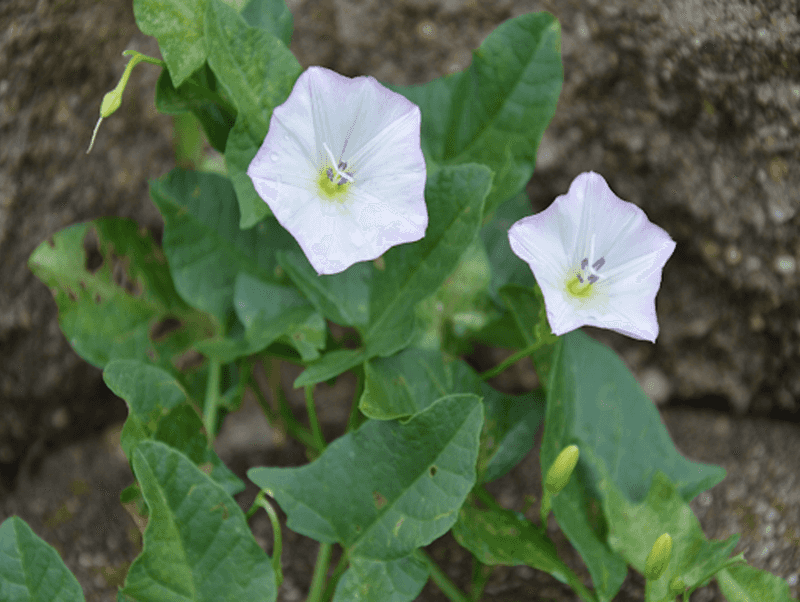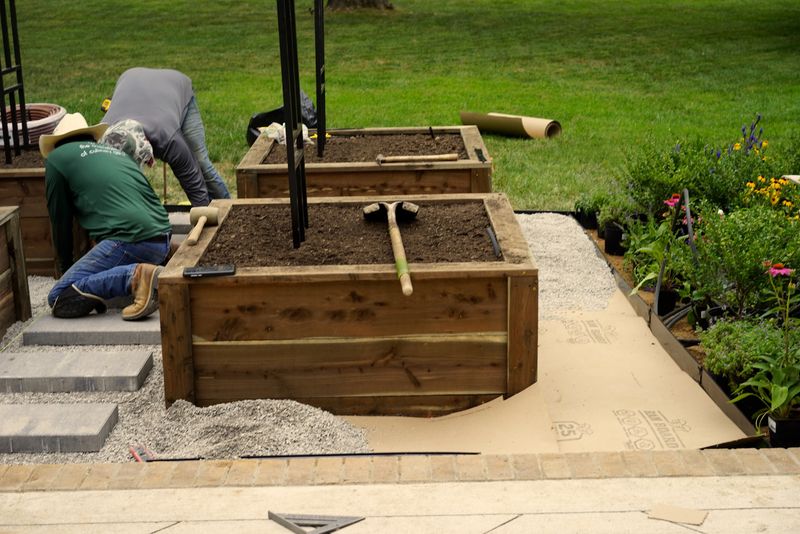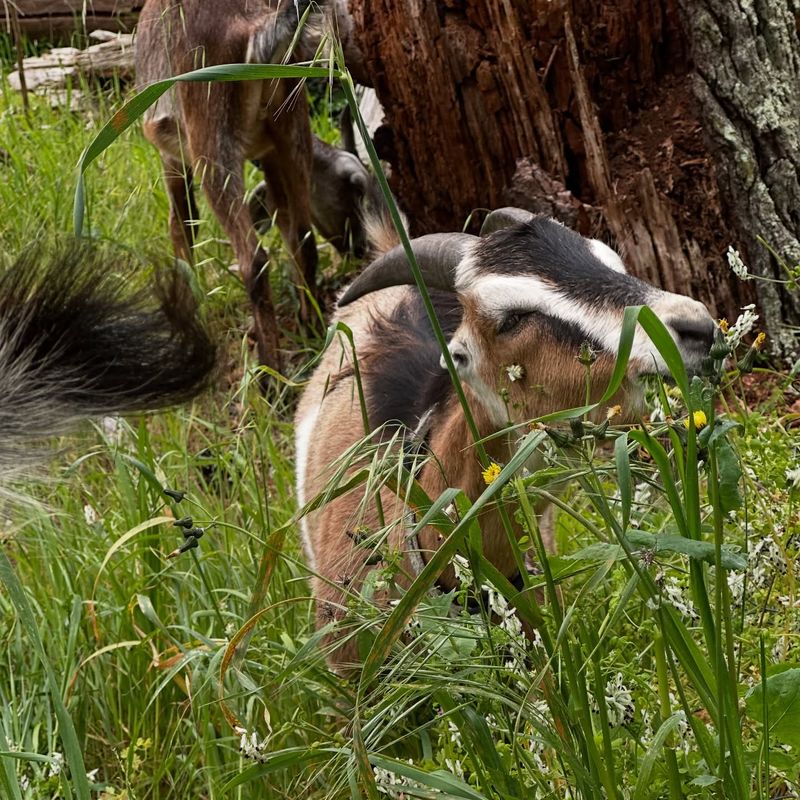If you’ve ever battled bindweed, you know it’s not just a weed—it’s a full-on garden villain. Those innocent-looking vines can sneak up overnight and wrap themselves around everything in sight. I’ve pulled it, dug it, and even cursed at it—only to find it back a week later.
What makes bindweed so maddening is its ability to spread from the tiniest bit of root, plus its knack for reseeding itself if you’re not careful. It’s like playing a game of garden whack-a-mole that never ends. But with the right approach, you can get ahead of it.
I’ve pulled together 16 tried-and-true strategies that have actually worked in my yard—and for plenty of other fed-up gardeners too. Whether you’re ready to go all-in on digging or prefer a gentler, more consistent approach, there’s a method here that can finally turn the tide.
1. Identify It Early
The first step in winning any battle is knowing your enemy. Those heart-shaped leaves and trumpet-like white or pink flowers might look innocent, but don’t be fooled.
Field bindweed can spread up to 10 feet in a single growing season through its extensive root system. I once mistook it for morning glory seedlings until it started strangling my tomatoes.
Check new areas of your garden regularly, especially along fences and near recently disturbed soil. Young plants are much easier to control before they develop their extensive root network.
2. Dig Deep And Often
Manual removal works best when you’re persistent and thorough. Grab your garden fork and prepare for some serious excavation work to reach those deep taproots.
The root system can extend 20 feet deep, making complete removal challenging but not impossible. My neighbor spent three years digging out bindweed before finally winning the battle.
Remove as much of the root as possible, then check the area weekly for new shoots. Even tiny root fragments left behind can regenerate into new plants, so be meticulous about collection and disposal.
3. Smother With Mulch
Create a light barrier by applying thick organic mulch around your plants. This approach works especially well in vegetable gardens and flower beds where you can easily maintain the mulch layer.
Use newspaper or cardboard as a base layer, then add 4-6 inches of wood chips, straw, or bark mulch on top. The thick covering prevents sunlight from reaching bindweed shoots.
Maintain the mulch barrier for at least two growing seasons. When I tried this in my perennial bed, it dramatically reduced bindweed without harming my established plants.
4. Try Landscape Fabric
Professional-grade landscape fabric offers a more permanent solution than organic mulches for areas like pathways and around trees. The woven material blocks light while allowing water to penetrate.
Overlap the fabric edges by at least 6 inches and secure it firmly with landscape pins. Cover with decorative mulch or gravel to improve appearance and prevent UV degradation.
This method worked wonders along my garden fence line where bindweed kept invading from the neighbor’s yard. After two seasons, the persistent weed finally surrendered.
5. Use Boiling Water
A kettle of boiling water provides an immediate, chemical-free knockout for bindweed growing in cracks, pathways, or areas without desirable plants.
The scalding temperature destroys the foliage and damages shallow roots. Pour carefully to avoid splashing yourself or nearby plants you want to keep. This method works best for small infestations or as a spot treatment.
Repeat applications will be necessary as new shoots emerge from deeper roots. I’ve used this technique successfully on the bindweed that kept popping up between my patio stones.
6. Apply Vinegar Solutions
Household vinegar contains acetic acid that burns plant foliage on contact. For stronger results, mix 1 gallon of white vinegar with 1 cup of salt and 1 tablespoon of dish soap.
Apply on a dry, sunny day for maximum effectiveness. The solution works best on young plants and will require multiple applications for established bindweed.
Be cautious with this method since it’s non-selective and will damage any plant it touches. Last summer, I sprayed some along my driveway edge and watched the bindweed wither within hours.
7. Introduce Competitive Plants
Strategic planting can help naturally suppress bindweed by creating competition for light, water, and nutrients. Dense ground covers like creeping thyme, sweet woodruff, or ajuga establish thick mats that shade out bindweed seedlings.
Tall, fast-growing plants with dense foliage also make effective competitors. Consider sunflowers, tall native grasses, or shrubs with spreading habits.
My front border was transformed after planting Russian sage and catmint. Their vigorous growth habits and drought tolerance gave them the competitive edge over the bindweed that had plagued that area.
8. Practice Regular Mowing
Consistent mowing depletes the energy reserves stored in bindweed’s root system. Set your mower at its lowest setting and cut frequently during the growing season to prevent photosynthesis.
This method works particularly well for larger areas like lawns where bindweed has started to establish. The key is persistence—you’ll need to mow every time new growth appears.
After implementing a weekly mowing schedule specifically targeting the bindweed patches in my backyard, I noticed significant weakening of the plants after about three months of consistent cutting.
9. Try Soil Solarization
Harness the sun’s power to cook weeds right in the soil. Clear the area of plants and debris, water thoroughly, then cover with clear plastic sheeting secured tightly at the edges.
Leave the plastic in place for 4-6 weeks during the hottest part of summer. Soil temperatures under the plastic can reach 140°F, killing bindweed seeds and weakening established roots.
This technique saved my vegetable garden after a severe infestation. The following season, I was able to plant in weed-free soil, though I still had to watch for stragglers from deeper roots.
10. Apply Corn Gluten Meal
Corn gluten meal serves as an organic pre-emergent herbicide that prevents seeds from germinating. Apply at a rate of 20 pounds per 1,000 square feet in early spring before bindweed seeds sprout.
This natural byproduct of corn processing won’t kill established plants but will prevent new seedlings. As an added bonus, it contains about 10% nitrogen, so it fertilizes your soil as it works.
I’ve had good results spreading it around my perennial beds each spring. While it doesn’t eliminate existing bindweed, it significantly reduces new plants from seed.
11. Use Targeted Herbicides Carefully
When other methods fail, selective herbicides containing triclopyr or glyphosate can be effective against stubborn bindweed. Always choose products specifically labeled for bindweed and follow directions precisely.
Apply herbicides when bindweed is actively growing but before flowering for best results. Use a shield or paintbrush to protect nearby plants from drift or accidental contact.
As a last resort, I spot-treated a persistent patch near my shed with a wick applicator. This precise method minimized impact on the environment while finally eliminating the problem area.
12. Cover With Black Plastic
Unlike clear plastic used for solarization, black plastic blocks all light from reaching the plants. This method works well for preparing beds before planting or for pathways and other non-planted areas.
Secure the plastic firmly with rocks, bricks, or landscape pins to prevent wind from lifting it. Most bindweed will die after 4-8 weeks without light, though deeper roots may survive.
The area along my garage that was completely overtaken is now bindweed-free after three months under black plastic. I added mulch on top of the plastic for a more attractive temporary solution.
13. Establish A Regular Inspection Routine
Consistency is key to winning the bindweed battle. Set a weekly schedule to walk your garden specifically looking for new bindweed shoots, especially in previously infested areas.
Early morning or evening light often makes it easier to spot the distinctive leaf shape against other foliage. Pull any new growth immediately, making sure to extract as much root as possible.
My Sunday morning garden walks with coffee in hand have become a pleasant ritual, and I’ve caught countless bindweed sprouts before they could establish. Prevention truly is easier than cure.
14. Create Root Barriers
Physical barriers can prevent bindweed from spreading between different sections of your garden. Bury metal, plastic, or wooden barriers at least 18 inches deep around valuable plantings or along property lines.
Extend the barrier 2-3 inches above soil level to block creeping stems. Commercial root barrier products are available, or you can repurpose materials like corrugated metal roofing or plastic sheeting.
After installing barriers around my raspberry patch, I finally stopped the annual bindweed invasion from the adjacent field. The initial work was substantial, but the long-term protection has been worth the effort.
15. Try Goat Grazing
Goats have a reputation as living weed eliminators and particularly enjoy munching on bindweed. If you have access to goats or a goat rental service, consider letting them tackle larger infestations.
Temporary electric fencing can contain goats in specific areas needing treatment. They’ll eat the foliage and gradually weaken the root system, though complete elimination will still require follow-up measures.
My cousin’s small herd made quick work of the bindweed-covered hillside on his property. The goats seemed to prefer the bindweed over many other plants, making them surprisingly selective weeders.
16. Maintain Healthy Soil
Strong, desirable plants in nutrient-rich soil create natural competition against bindweed. Add compost regularly to improve soil structure and fertility without encouraging weed growth.
Avoid excessive nitrogen fertilizers which can actually benefit bindweed more than garden plants. Focus instead on balanced organic amendments that promote overall soil health.
The transformation in my garden beds after two years of intensive soil improvement was remarkable. Not only did my vegetables and flowers thrive, but the bindweed struggled to compete in the healthy ecosystem I’d created.

